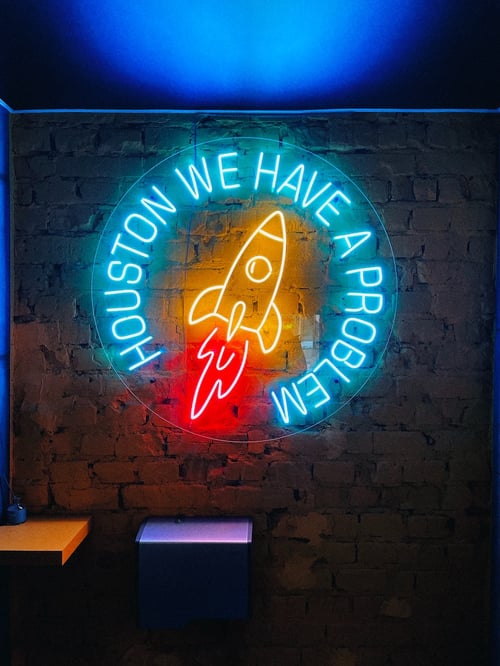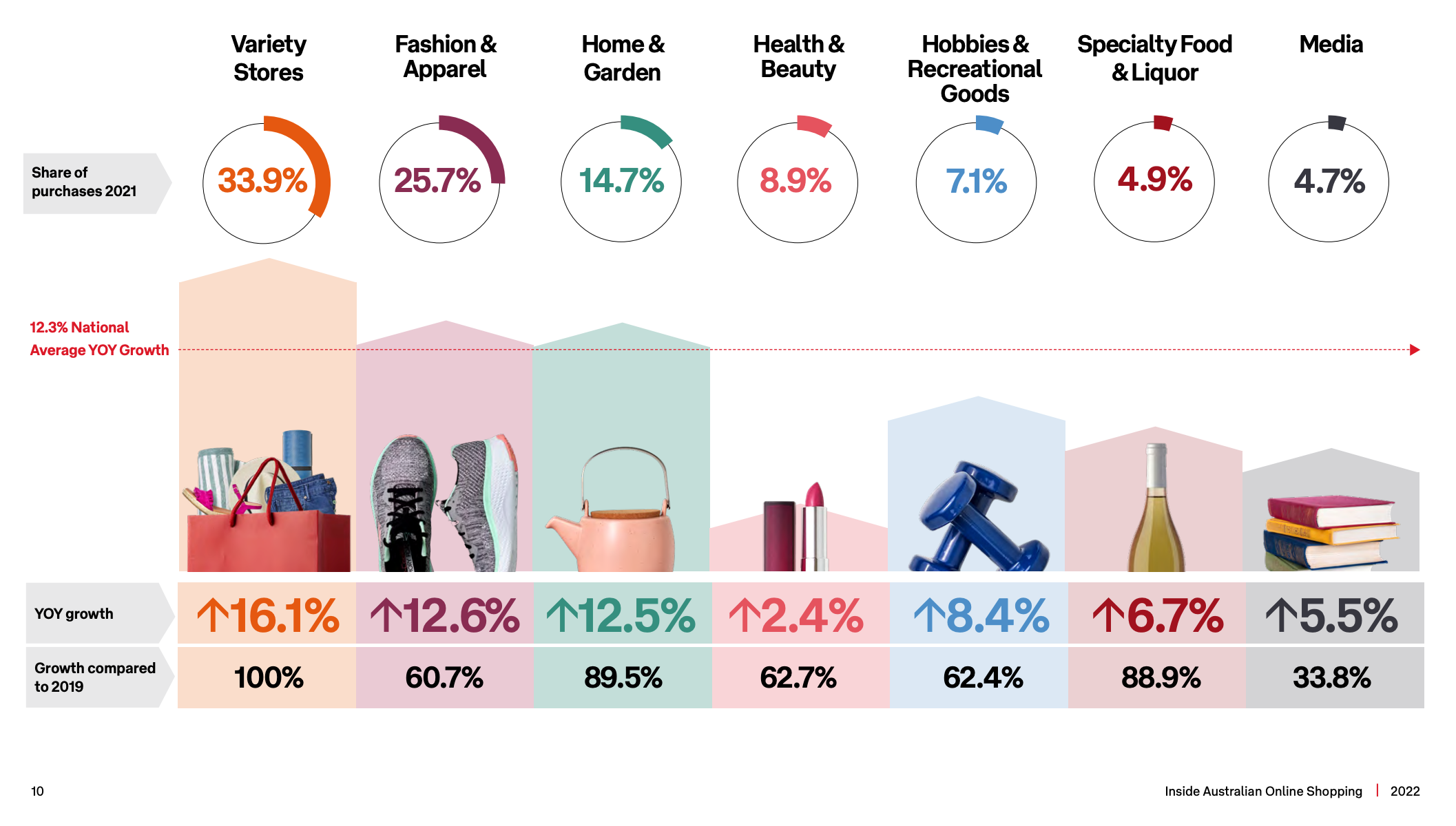Drop Shipping Business
How to Start a Better-Than-Drop-Shipping Business with SupplyWise
Turbocharged by the global pandemic in 2020, Australian e-commerce spending in 2021 reached US$49 billion—up from US$38 billion in 2020 (Australia Post 2022 eCommerce Industry Report). Four out of five Australian households (approximately 9.2 million) made online purchases in 2021.
Pandemic restrictions forced Australians to change how they purchased, fueling the growth of online shopping. In 2021, more than 80% of Australian households purchased something online, driving national year-on-year growth to 12.3%. While growth was more subdued in comparison to 2020, it was at a level almost double the pre-pandemic baseline.
Following this trend, the global drop shipping market is forecast to reach $196.78 billion in 2022, a whopping 23.7% year-over-year increase from 2021. By 2026, the dropshipping market size could be worth as much as $476.1 billion (that’s more than 3.5 times its value in 2020).
Australia’s Fastest Growing E-Commerce Categories
Key Themes
- Variety Stores – large retailers, online marketplaces (33.9% share of online purchases 2021 – year on year (YoY) increase 16.1%)
- Fashion & Apparel (25.7% share – YoY increase 12.6%)
- Home & Garden – (14.7% share – YoY increase 12.5%)
- Health & Beauty (8.9% share – YoY increase 2.4%)
- Hobbies & Recreational goods (7.1% increase – YoY 8.4%)
- Specialty Food & Liquor (4.9% share – YoY increase 6.7%)
- Media (4.7% share – YoY increase 5.5%).
What is Drop Shipping?
According to Anthony Petterson of SupplyWise, drop shipping can be defined as “the process by which a person or business sets up a website and sells goods that they never stock or handle themselves. Orders from customers are sent straight to a factory (oftentimes overseas) and they fulfil goods and send them to the customer. The business owner simply handles the marketing and customer service.”
The main reason that drop shipping has gained so much popularity over the past few years is that traditional e-commerce and retail require you to hold stock in a warehouse which means you have to store a certain volume of goods to meet fulfilment provisions.
The business owner is also then responsible for fulfilment, shipment and stock inventory.
Drop shipping takes away a few of the steps and is a low-cost option for many to start an e-commerce business as you do not have to purchase large volumes of stock, rent a warehouse and hire staff for fulfilment.
But traditional drop shipping, although seemingly lucrative, does come with significant risk. Finding a supplier you trust that will ensure quality products can be more difficult and frustrating than you realise.
The Dark Side of Drop Shipping
To make drop shipping an affordable start-up option, many business owners liaise with suppliers and manufacturers directly in countries like China, Korea and Vietnam. Negotiating the supply of products can be extremely overwhelming and even deceptive especially if you do not have experience.
For example, a colleague with strong digital marketing experience set up a drop shipping business. At first, it was doing well. The orders were streaming in and the fulfilment process overseas was working successfully.
But this business owner did not have the ability to monitor the quality of the products being sent to his customers and he was not aware of a fault. Because of this fault, hundreds of products were returned and he ended up losing all profit and closing the business in debt.
Unfortunately, this happens quite frequently. The overseas supplier will start the drop shipping relationship by providing your customers with the goods detailed in the agreement. And then after a few months, in order to make a higher profit, the quality will lessen without your knowledge.
Oftentimes, drop shipping businesses aren’t aware of the change until their customers return the items which can put them in a dire financial situation and even threaten the long-term reputation of their business.

SupplyWise is Simpler and Safer than Traditional Drop Shipping
Because SupplyWise orders at volume and works with manufacturers who supply white-label goods, this allows you to brand and customise your quality-ensured products—which is something standard drop shipping suppliers do not provide. Find out more about our process here.
The other main difference SupplyWise offers is the quality control of manufactured goods. SupplyWise sourced products are monitored by a third-party inspector to test products before they are sent. This testing and quality control is also dependent on the industry the product is being sold to, for example, medical devices. This ensures your products maintain the quality you agreed to with the supplier.
Because your products are ordered in volume, this does mean that you will need a warehouse. But SupplyWise can also help you find a 3PL (third-party logistics warehouse) to store and fulfil your goods without the headaches that come with that part of the process.
SupplyWise is with you every step of the way. We work with you during the entire course of your product sourcing and fulfilment journey. If you need a custom-designed product, we can even assist you through our design company hone.pd.
Get in touch today!
Launch Your E-Commerce Brand with SupplyWise in 8 Simple Steps
- Determine your product requirements
- Develop a sourcing strategy
- Refine your product design or procurement
- Find a manufacturer that meets your requirements
- Set-up supply contracts
- Quality control & supply management
- Packaging and branding
- Product delivery to Australia and abroad



